As the school year winds down, leaders face a moment of opportunity—not just to celebrate the wins and what’s been accomplished this school year, but to lay the foundation for what’s next. Before launching into summer, consider how you might intentionally close the year with your leadership team and middle leaders to set the stage for a more strategic and impactful year ahead.
Drawing on Gino Wickman’s Traction and the Top Teams methodology, here are three strategic moves to guide both your end-of-year reflection and summer planning:
1. Clarify Your Vision and Rocks
In Traction, Wickman defines “rocks” as the 90-day priorities that move your vision forward. Use end-of-year leadership conversations to reflect on:
What did we set out to do this year—and what actually moved the needle?
Then, in your summer leadership retreat, map out the essential rocks for the first 90 days of the new school year. Invite your middle leaders into this process early, so they can co-own and activate those priorities in their teams.
At Mount Vernon, this looks like a leadership retreat focused on reviewing priorities from the 2024-25 school year, analyzing data collected, celebrating the wins, asking questions about what comes next, and aligning on how we continue to iterate and improve. While this is an important strategic moment, it’s also essential for nurturing relationships that provide fuel for the hard work of transforming the school.
2. Strengthen Team Health
High-functioning teams don’t just happen—they’re built on trust, clarity, and purpose. Use your leadership retreat to invest in team health. Consider a facilitated session that surfaces individual working styles, defines team norms, or names the “elephants in the room.” Aligned and honest teams outperform even the most talented ones when trust is strong. As leaders, it is our job to work towards clarity by removing confusion, obstacles, and conflict.1 Ask your teams:
Do we have clarity of thought, intention, and emotion?
CliftonStrengths, The Predictive Index, and Myers-Briggs are all tools we’ve used over the years at Mount Vernon. These tools help us communicate more effectively, understand what each team member brings, and identify what they need to thrive, so everyone can show up as their best self and contribute to stronger teamwork.
3. Simplify and Align Systems
Evaluate what’s working and what’s not—from communication flows to decision-making structures to how meetings are run. Gather input from middle leaders before the school year ends:
What systems supported your work this year? Where did you experience slowdowns or obstacles to effective systems?
Then, use the summer to align on scorecards, protocols, and rhythms that streamline operations and free up energy for what matters most: student learning and teacher growth.
Closing the Year. Opening the Future.
Your most strategic summer work begins before the school year ends. By engaging middle leaders in reflection and analysis now, then convening your leadership team in a focused retreat, you create a powerful bridge between one year and the next. The result? A team that’s aligned, empowered, and ready to lead with clarity and purpose.
Let’s shape the future together.
MV Ventures helps schools design strategy, innovate programs and systems, and transform teaching experiences. Let’s collaborate to bring maker, design, or futures thinking to your school—schedule a call today.
Resources:
1. Covey, Stephen. Trust and Inspire: How Truly Great Leaders Unleash Greatness in Others, 2023
Top Teams, https://www.topteams.io/
Wickman, Gino. Traction: Get a Grip on Your Business, 2012.
